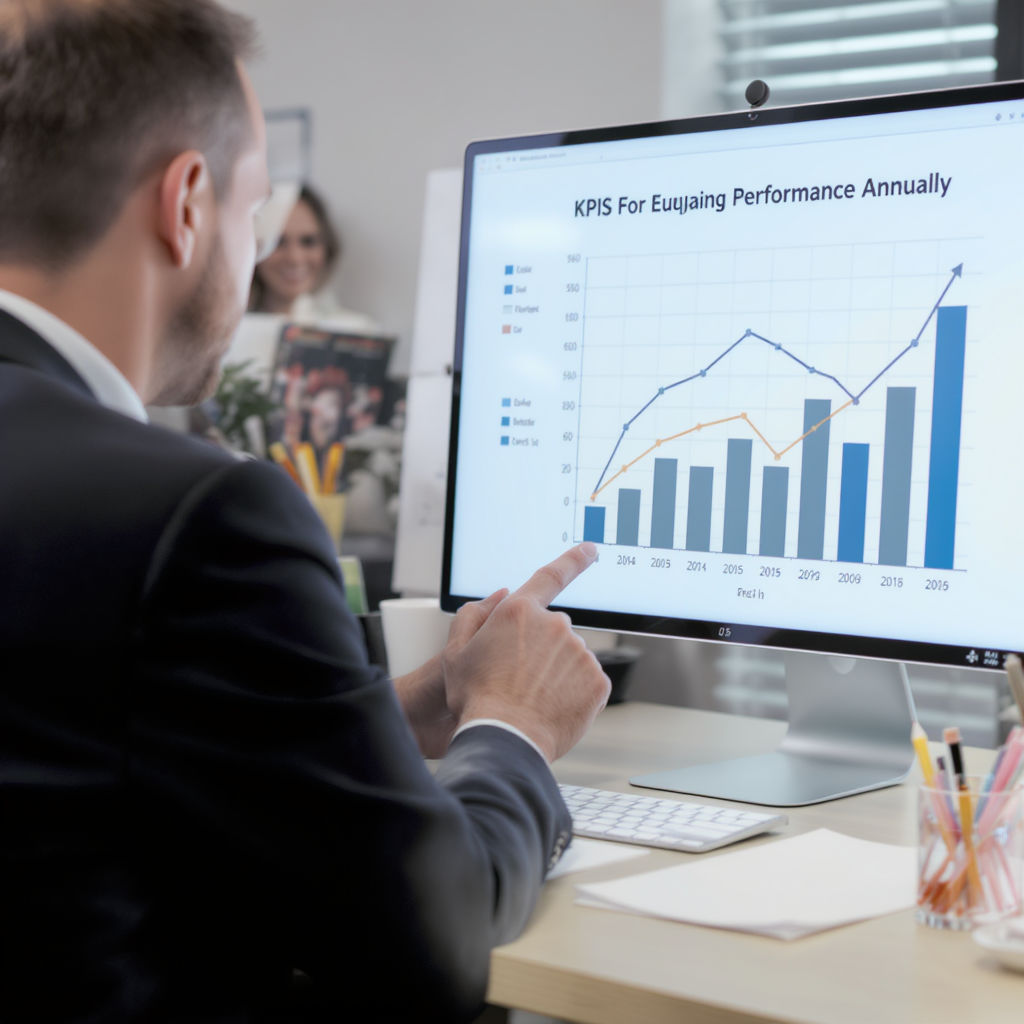In the volatile world of financial markets, the past few months have been particularly tumultuous for investors grappling with a storm of market turbulence and global uncertainties. The specter of a stock market crash, looming ominously on the horizon, has prompted many to reevaluate their portfolios with a mix of caution and strategic foresight. As economic indicators swing unpredictably and geopolitical tensions simmer, investors find themselves navigating a complex labyrinth of risks and opportunities, seeking to safeguard their assets while positioning themselves for potential rebounds.
The first half of the year had offered a glimmer of optimism, with markets showing resilience in the face of macroeconomic headwinds such as inflation and interest rate hikes. However, as the third quarter unfolded, the landscape shifted dramatically. A constellation of negative factors, including sluggish economic growth, escalating trade tensions, and geopolitical conflicts, has fueled anxiety among market participants. The global economy, still reeling from the aftershocks of the pandemic, faces new challenges that threaten to upset the delicate balance achieved over recent years.
The concerns over a potential stock market crash have not emerged in isolation. Instead, they are symptomatic of broader systemic issues that have been festering beneath the surface. The persistent inflationary pressures, which central banks around the world are striving to contain, have created an environment of uncertainty. Monetary policymakers walk a tightrope, attempting to tame inflation without stifling economic growth. The Federal Reserve’s hawkish stance, mirrored by other central banks, has heightened fears of an economic slowdown, as higher interest rates could dampen consumer spending and corporate investment.
Beyond the economic indicators, geopolitical uncertainties have added another layer of complexity to the investment landscape. The ongoing conflict in Eastern Europe, coupled with rising tensions in the Asia-Pacific region, has exacerbated market volatility. Investors are acutely aware that geopolitical instability can trigger abrupt market shifts, as seen in the fluctuating oil and commodity prices. These developments underscore the interconnected nature of global markets, where a disruption in one region can send shockwaves across the world.
In response to these uncertainties, investors are taking a hard look at their portfolios, reassessing their risk tolerance and asset allocations. A cautious approach is gaining traction, with many opting to diversify their holdings to mitigate potential losses. Diversification, a time-tested strategy, is once again proving its worth as investors seek to balance their exposure to equities, bonds, and alternative investments. The allure of safe-haven assets, such as gold and U.S. Treasury bonds, has grown, as these instruments offer a refuge in times of market turbulence.
The technology sector, once the darling of investors, is facing a reevaluation as well. While the sector’s long-term growth prospects remain intact, the recent sell-off in tech stocks has prompted some to question their valuations. The correction, although painful, has also presented opportunities for those with a long-term investment horizon. For value-oriented investors, the current market climate offers a chance to acquire quality stocks at more attractive prices, provided they have the fortitude to weather short-term volatility.
Corporate earnings, another critical factor influencing investor sentiment, have been a mixed bag. While some companies have reported robust results, others have issued cautious outlooks, citing supply chain disruptions and rising input costs. The divergence in earnings performance highlights the importance of a selective approach to stock picking. Investors are increasingly favoring companies with strong fundamentals, pricing power, and the ability to navigate the challenging economic environment.
Amid these considerations, the role of professional financial advisors has become increasingly pivotal. Investors are turning to seasoned advisors not just for their expertise in navigating the choppy waters but also for their ability to provide a steady hand in times of uncertainty. Advisors are tailoring strategies that align with each client’s unique circumstances, balancing the need for growth with the imperative of risk management.
As investors recalibrate their portfolios, the importance of a disciplined approach cannot be overstated. Emotional decision-making, often triggered by fear, can lead to suboptimal outcomes. The key is to maintain a long-term perspective, recognizing that market cycles are an inherent part of investing. While the current environment is undoubtedly challenging, history has shown that markets have the capacity to recover and reach new heights.
In the face of potential downturns, some investors are also exploring alternative investment avenues, such as real estate, private equity, and infrastructure. These asset classes, while not immune to economic fluctuations, offer diversification benefits and can serve as a hedge against traditional equity and bond markets. However, they also come with their own sets of risks and require careful due diligence.
Looking ahead, the path to stability will depend on a confluence of factors. Central banks’ monetary policies, governments’ fiscal measures, and the resolution of geopolitical tensions will all play critical roles in shaping market dynamics. Investors, for their part, must remain vigilant, informed, and adaptable, ready to adjust their strategies as new information emerges.
In conclusion, the current climate of stock market crash concerns and global uncertainties has catalyzed a reevaluation of investment strategies. While the challenges are significant, they are not insurmountable. By embracing a diversified, disciplined, and informed approach, investors can navigate the storm and emerge resilient. The journey may be fraught with challenges, but for those who remain committed to their long-term goals, the rewards can be substantial. The key is to stay the course, adapt when necessary, and remember that in the world of investing, patience and perseverance are often the best allies.






